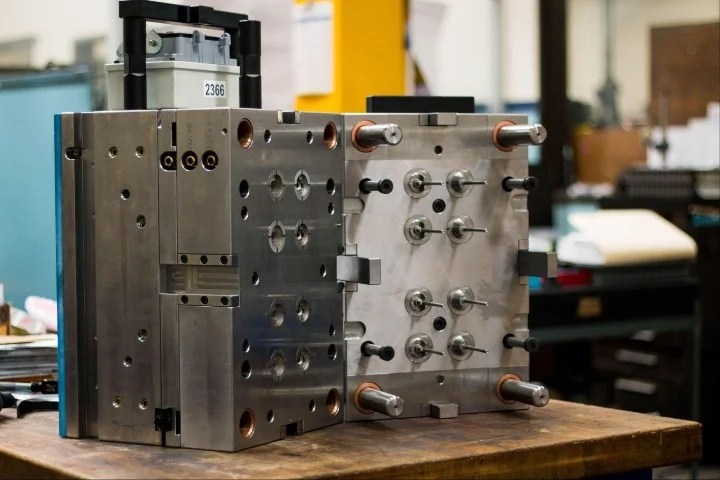Time to read: 7 min
We’re seeking out the best hardware companies and engineers to help uncover the many challenges, lessons, and philosophies behind hardware product development.
In this week’s Hardware Spotlight, we’re learning about the exciting possibilities of Virtual Reality with Patrick Buckley from DODOcase. He’s launched a Kickstarter to raise funds for the development of open web-based Virtual Reality software tools to support the Cardboard Smartphone VR system he’s already developed. Patrick shared with us his vision for Virtual Reality as the next critical media platform, the technology behind the Cardboard Viewer’s capacitive touch switch, and why Virtual Reality should be a web-based system.
What inspired you to create this Virtual Reality product?
I had the chance to try an Oculus, and while I was pretty blown away by what it could do, it didn’t feel ready or accessible enough. Then Google Cardboardcame out in June and I was like, wow, this can be done with just your smartphone! The problem, however, with Google Cardboard is that it uses a magnetic switch as the input mechanism, which is only compatible with 4 smartphone models. I wanted to take what Google had started and find a way to increase its accessibility even further so everyone with a smartphone can experience Virtual Reality.
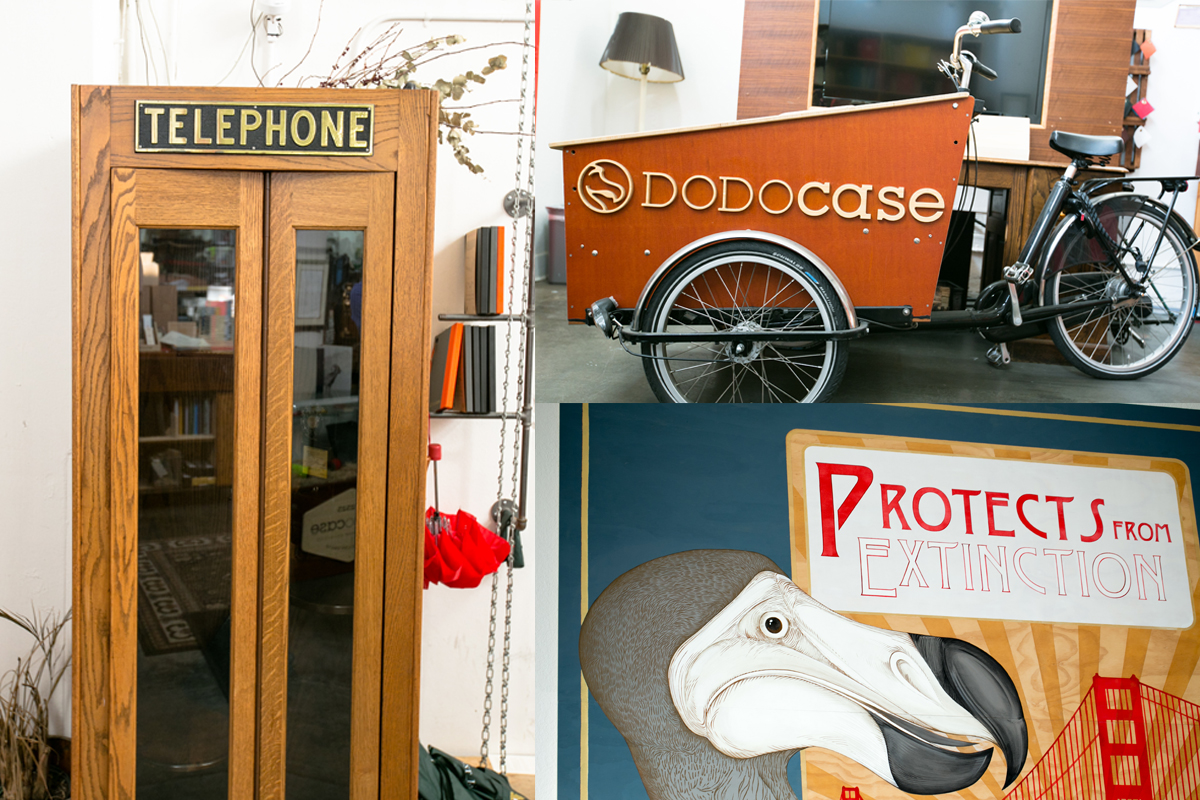
Your Kickstarter describes Virtual Reality as the next critical media platform. Can you describe your vision?
There is amazing potential for the power of Virtual Reality to change the way we share and experience ideas. It has the power to reshape culture much the way television did when before there was just radio. It’s a whole new dimension of sensory experience and a new medium by which people can tell their stories, collaborate and express their ideas.
With Virtual Reality, you can be completely immersed in an experience in a way that mimics how we interact with the natural world. In other words, it simplifies the human-computer interface and enables so many exciting possibilities, we don’t even fully know what they are yet! But the best way to figure it out is to get a bunch of people hacking around with it, experimenting, trying things and failing at them until one person figures out what becomes the standard. That’s what the DIY kit is for – to encourage experimentation and exploration amongst a wide network of curious and bright makers and engineers instead of leaving it to a few at the most influential companies.
Why did you choose cardboard for your primary material?
The material is structural, relatively easy to manipulate, and cost-efficient. Eventually the market will get to the point where there will be higher-end Virtual Reality devices that consumers want to buy for their smartphone. In fact, there are some products out there now that are injection molded in the $70-$200 price range. But there’s not enough demand right now because people don’t know they want it yet, so the price point needs to be low enough to encourage people to access and experiment with the new technology.
That’s what the DIY kit is for – to encourage experimentation and exploration amongst a wide network of curious and bright makers.
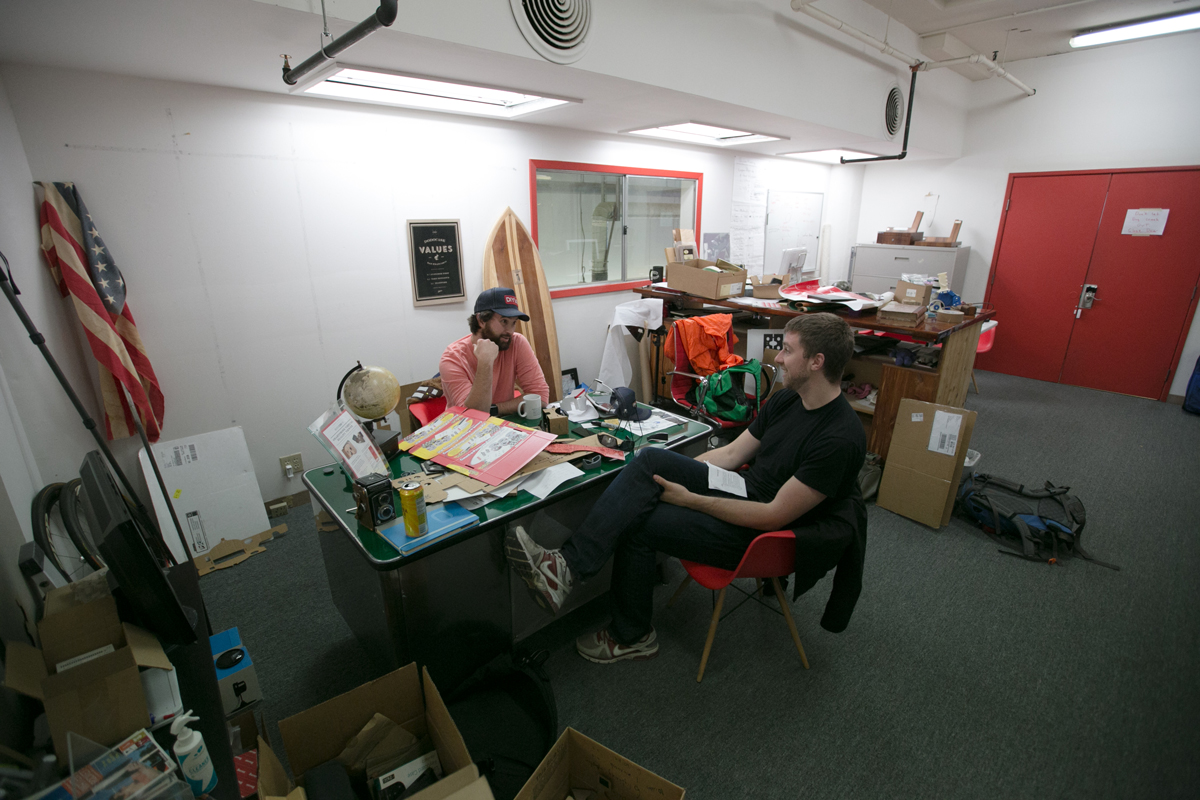
What is it like as a material to work with?
The interesting thing about cardboard is the more you print on it, the more it alters its structural integrity. There’s flexo printing, which is basically a rubber stamp, so when you flexo print, and you do it on a large surface area, you’re compressing it each time. When you die cut it you’re compressing it again and weakening the cardboard somewhat. To offset the flexo printing process there’s lithographic printing. It prints a sheet of paper to make up the top layer, which is then laminated and adhered to the corrugated cardboard, which is then die cut.
There’s other considerations like crush rating and e-flute thickness and when you’re making something like our Virtual Reality kit that has to fold together so precisely, so many times, it’s a tricky process. We’ve made some mistakes and figured out how to do it better and better each time we do it.
How does your capacitive touch switch work and why is it an improvement over Google’s magnetic switch?
The conductive button mechanism works when you pull up on the PET conductive strip. So when that strip touches the phone screen it creates a touch event. In order to create that touch event you really need a large surface area because the capacitive mechanism is all based upon charge on the surface of the material. After a lot of trial and error we figured out you can’t just tape a little piece of this conductive material on the cardboard because it’s not enough surface area.
Google’s magnetic switch works really well, but it works with the phone’s compass sensor and only 4 phones have the compass sensor in the right spot for it to be compatible. Our mechanism is an alternative that works just as well but on virtually any smartphone.
Virtual Reality is too important to be a closed system.
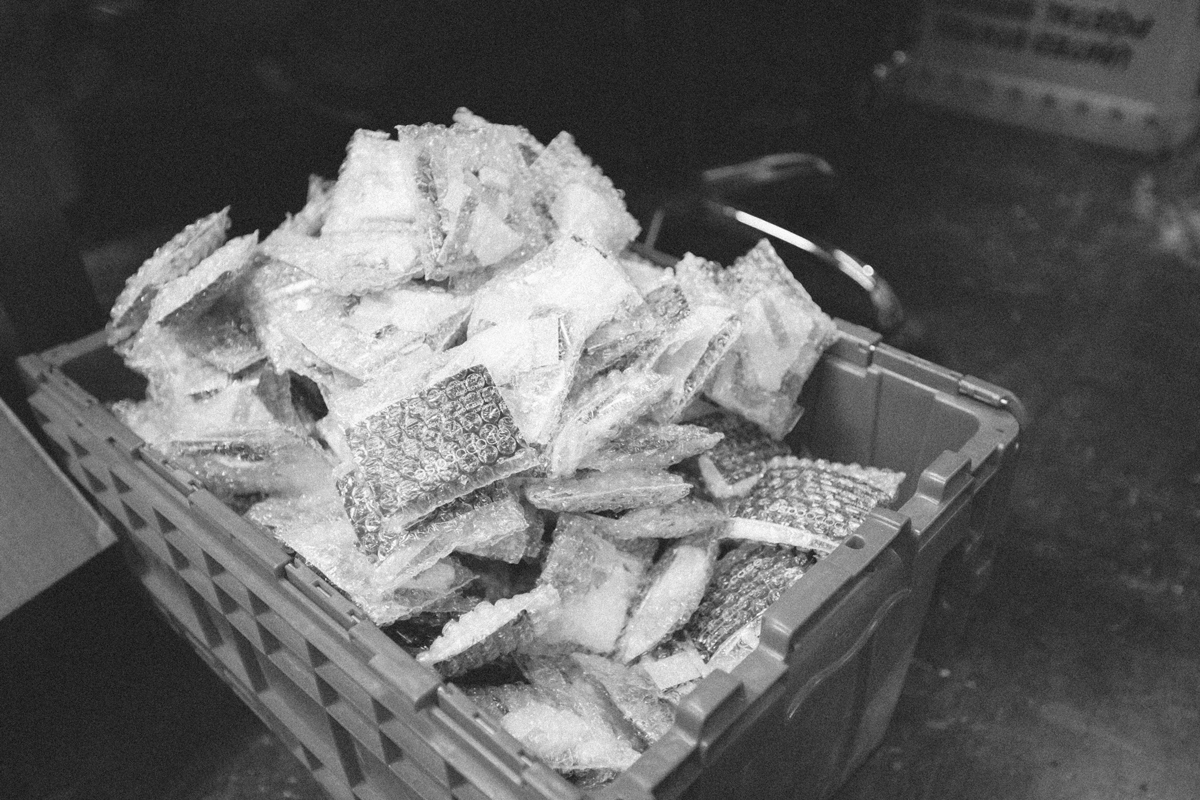
Were there other solutions you tried before arriving at the capacitive touch switch?
Oh yes, we tried all different kinds of solutions before eventually discovering the capacitive touch mechanism. It’s been the hardest technical problem we’ve faced because smartphone screens are complicated sensors and they’re designed to really only detect finger touches.
We looked at all kinds of ways other people have found to trigger a touch event and discovered that in South Korea they actually use the equivalent of a slim jim sausage. When it gets cold in the winter they buy these beef jerky type processed beef sticks and use those as styluses. In a more promising discovery, we found that the anti-static materials hard drives are delivered in can generate touch events in the right circumstances. So that got us on the right path and we began to try electric discharge foams discharge phones then straight-up metals, like copper sheet, which still didn’t work well enough.
There’s a complex balance in the equation for capacitance with the relationship between distance, area, and dielectric charge, which is a property of the materials. It gets even more complicated than that because smartphone screens are constantly re-calibrating themselves, trying to reject things that aren’t fingers. So the problem we were faced with was to come up with the combination of the right material, the right form, the right distance between the conductive material and the screen, and a simple, low-cost mechanism people can put together themselves.
We want to give more people better access to the tools to generate their own Virtual Reality content.
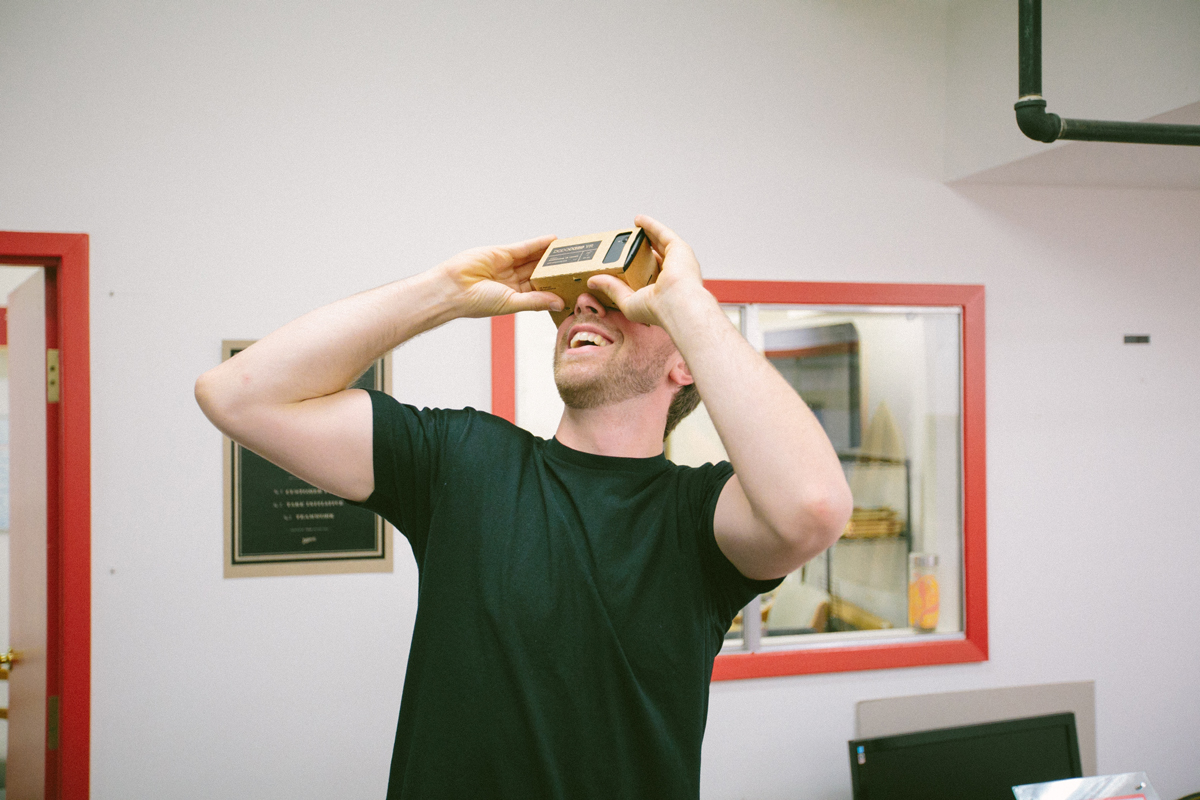
What is the importance of an open source system for Virtual Reality?
Virtual Reality is too important to be a closed system. Imagine if the internet was owned by AOL and we were all still getting CD roms in the mail with our allotted internet minutes or if Gutenberg’s family controlled what is allowed to be printed on paper. These are realities that could have come to pass if people never fought for these technologies to be open platforms. The internet and printing press started as new technologies and became fundamental mediums of human collaboration, communication, and exchange. Virtual Reality has the same potential, maybe even greater potential, and no one company or person should own or control it. Virtual Reality is for everyone.
You’ve partnered with developer Tony Parisi for this project – can you explain the significance of Tony’s GLAM software?
For the last 20 years Tony has been thinking about 3D graphics and, more specifically, 3D graphics that run in the browser. The browser can do almost anything a native application can do on your phone now. It can access all the graphics processing and use all the sensors and cameras. There are some performance hits you might take, but what the browser has that native applications don’t is the internet. With GLAM, you can currently build 3D applications and what we want to continue to develop is the toolset for anyone to create Virtual Reality applications that run right in the web browser.

Why should Virtual Reality be a web-based system?
Imagine if for every page you visited on the internet, you had to download a pdf. That’s the equivalent of how app stores work. Every new experience requires you to go download an app. The internet, on the other hand, allows you to seamlessly hop between experiences without downloading or storing anything on your computer.
More than that, the internet is all HTML, CSS and Javascript, so you don’t need any proprietary software development kits. Although systems like Unity are great, how many Unity developers are there in the world? That’s the power of WebGL. All you need to know is basic web development tools and you’ll be able to build Virtual Reality programs. We want to give more people better access to the tools to generate their own Virtual Reality content.
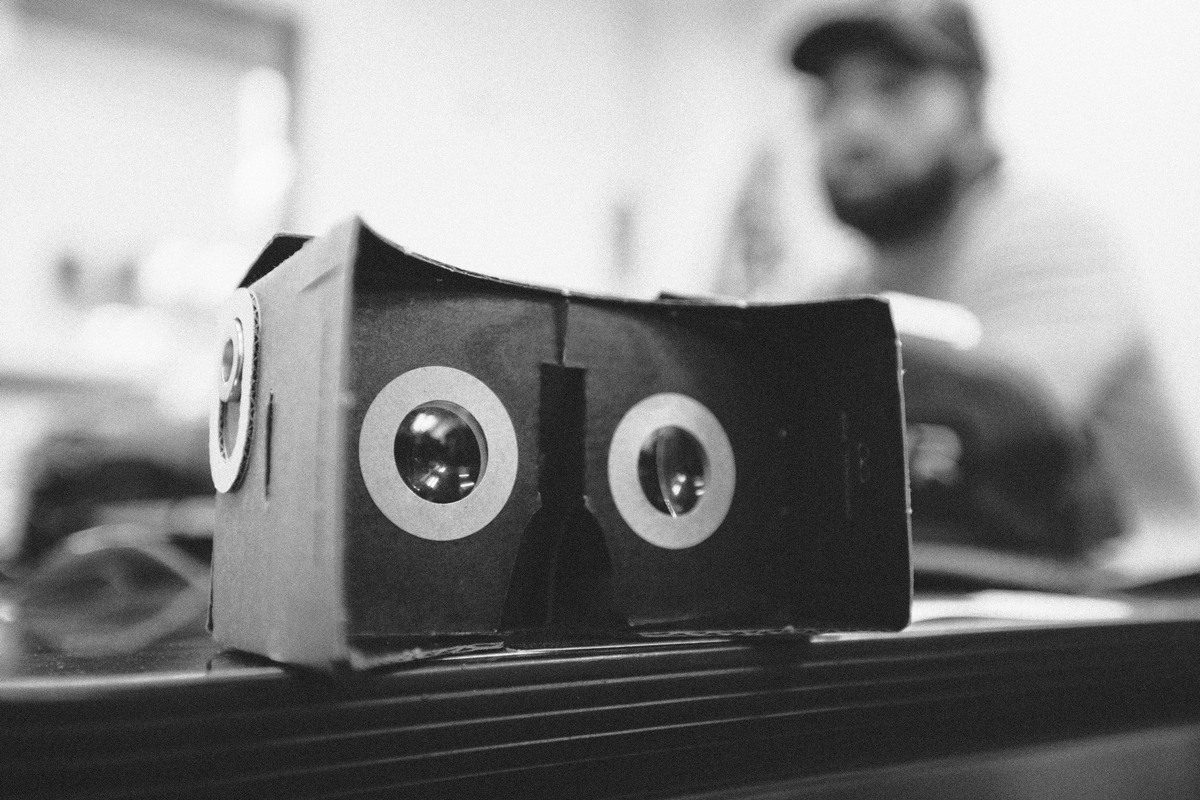
Who is this DIY kit for?
If you liked building legos as a kid then this is going to be a fun project for you. It’s not an intimidating technology and it’s for people willing to experiment, roll up their sleeves and hack a little bit. Those are the kinds of creatively minded people we want thinking about these problems.
For example, we had this kid in the UK who wants to build a telepresence robot that’s controlled using Virtual Reality, built on Raspberry Pi, that all cost less than $100 if you already own own a smartphones! Incredible! This kid came totally out of the woodwork and said, “I saw your project and I’m super excited because I’ve got this thing I want to build.” So we sent him a kit and probably by the end of the year he will have built a Virtual Reality telepresence robot that’s controlled over the internet. Even more than that, he’s going to post video instructions and a parts list for anyone else that wants to build one as well. Open source for the win!
